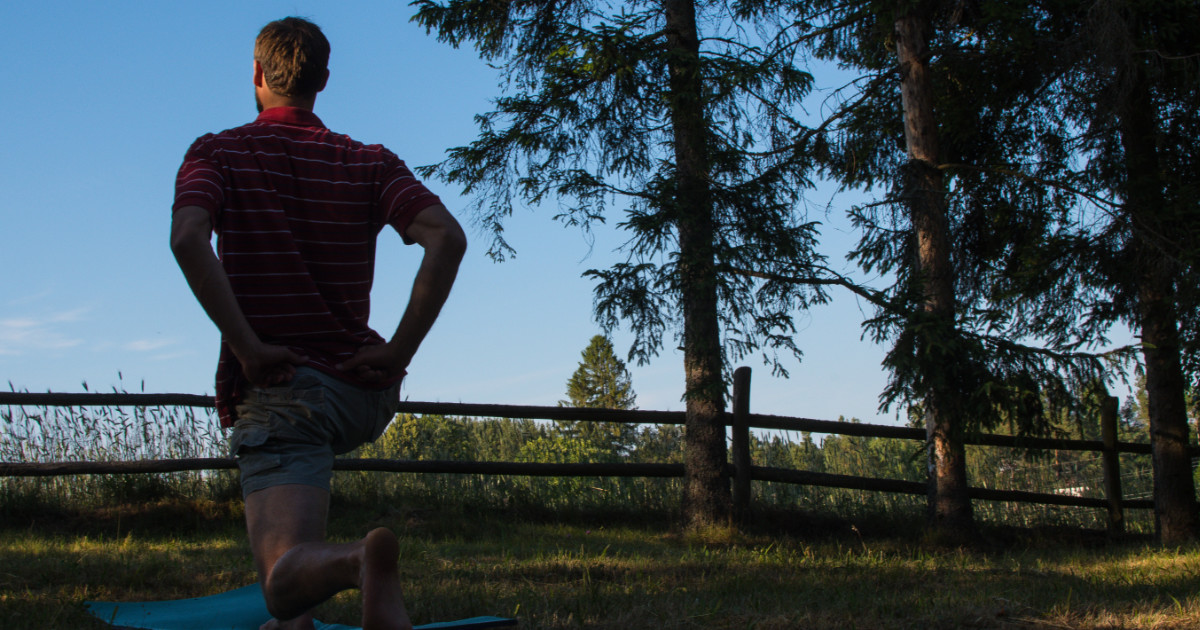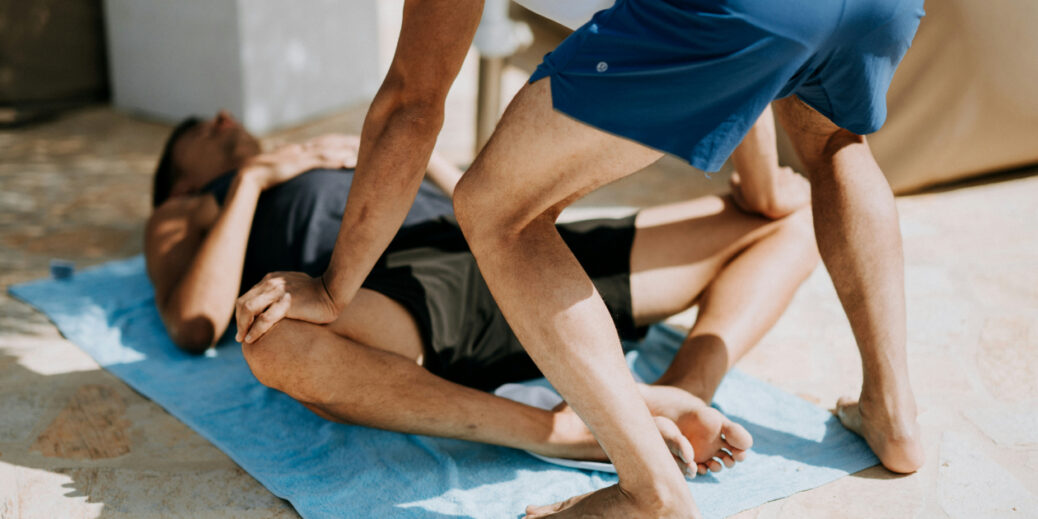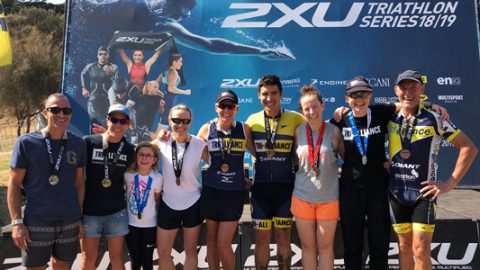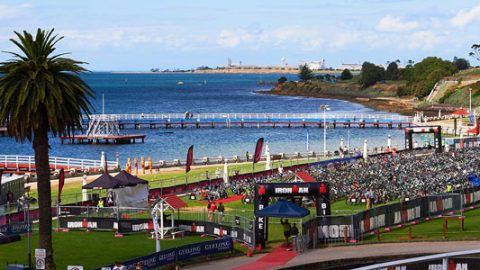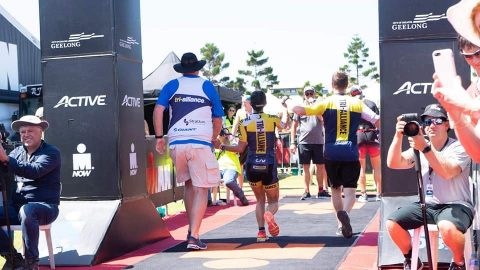The pelvic girdle plays a crucial role in an athlete’s performance, serving as the foundation for movements and providing stability during various activities. Maintaining optimal health and mobility in the pelvic girdle is essential for athletes to prevent injuries, enhance performance, and promote overall well-being. In this article, we will delve into the significance of pelvic girdle health, focusing on key areas such as hip flexors, femur, and glute tightness, while outlining effective methods to foster mobility and suppleness.
~ Ollie Allan ~
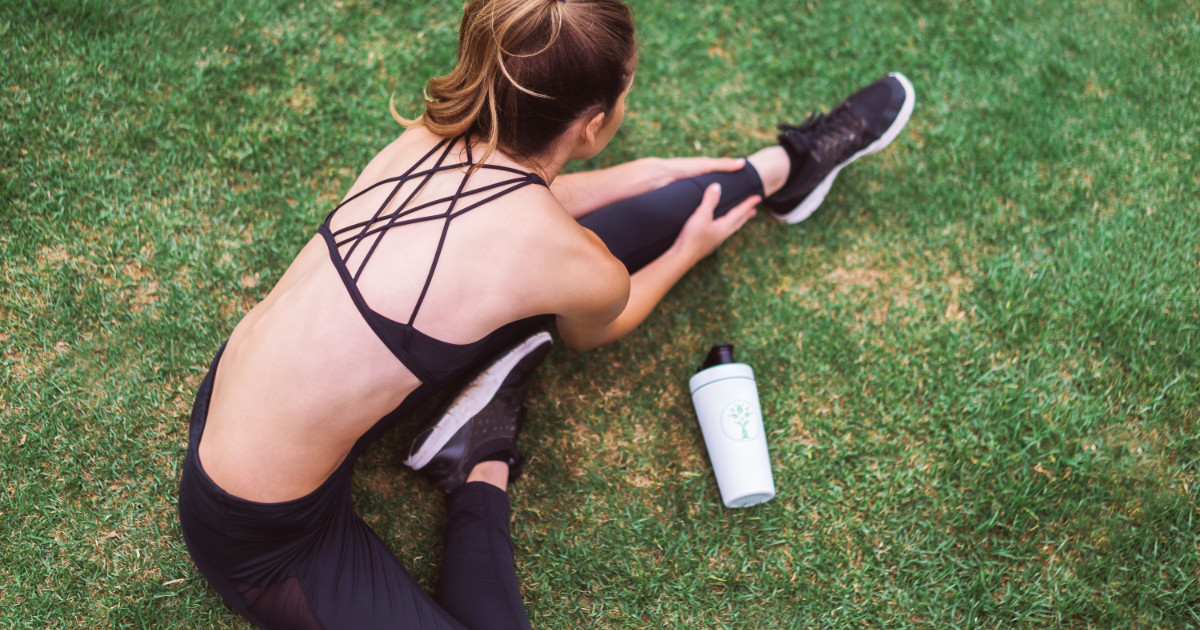
Understanding the Pelvic Girdle
The pelvic girdle consists of the hip bones, sacrum, and coccyx, forming a sturdy ring that connects the spine to the lower limbs. This complex structure influences posture, balance, and a wide range of athletic movements. Athletes often face challenges related to tightness in the hip flexors, femur, and glutes, which can hinder flexibility and lead to imbalances.
Hip Flexors
Tight hip flexors are a common issue for athletes, especially those involved in activities that require repetitive hip flexion. Prolonged sitting, running, and cycling are examples of activities that can contribute to tight hip flexors. To address this, athletes can incorporate dynamic stretching routines, such as leg swings and hip circles, to improve flexibility and reduce tightness in the hip flexor muscles.
Femur Mobility
The femur, the thigh bone, plays a pivotal role in hip and knee movements. Athletes may experience tightness in the muscles surrounding the femur, impacting their range of motion and predisposing them to injuries. Implementing foam rolling and targeted stretching exercises can enhance femur mobility. Techniques like the figure-four stretch and pigeon pose can help release tension in the hip and thigh region.
Glute Tightness
The gluteal muscles are vital for power generation and stability in athletic movements. Tightness in the glutes can result from prolonged sitting, improper training, or muscle imbalances. Athletes can benefit from incorporating strength training exercises, such as squats and lunges, to activate and strengthen the glutes. Additionally, regular stretching and foam rolling can help release tension in the gluteal muscles.
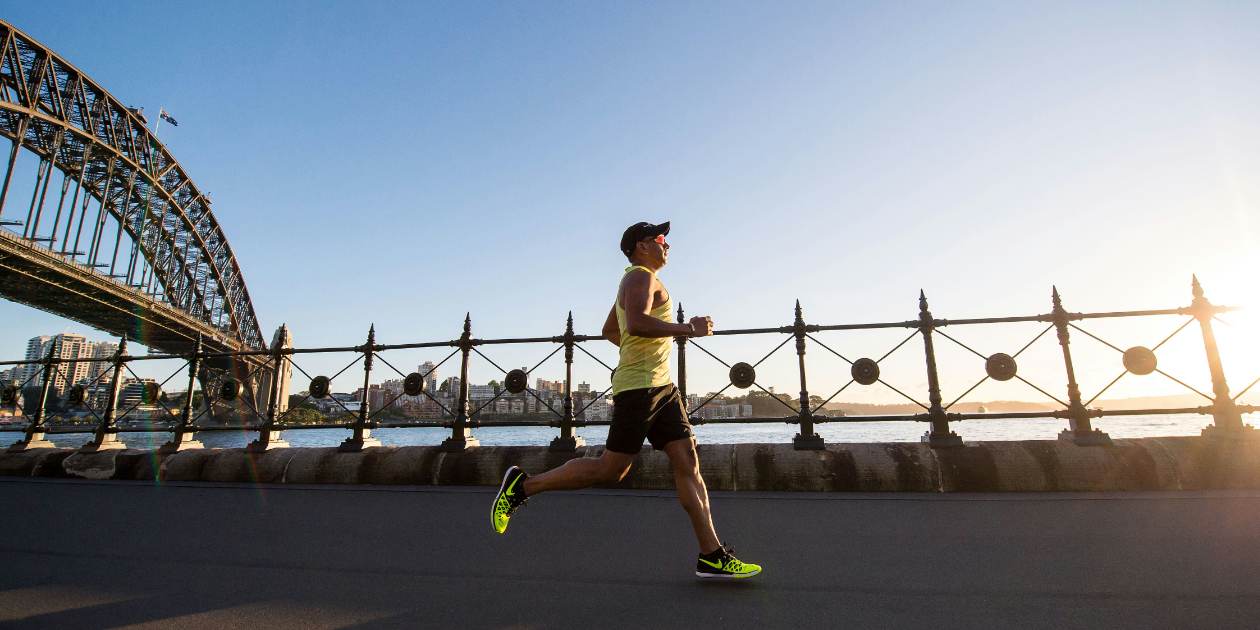
Comprehensive Mobility Routine
Athletes should develop a comprehensive mobility routine that addresses the entire pelvic girdle. This routine can include dynamic warm-up exercises, targeted stretches, and self-myofascial release techniques using foam rollers or massage balls. Yoga and Pilates are also valuable practices that promote flexibility, stability, and body awareness.
Consistency and Individualisation
Consistency is key when it comes to maintaining pelvic girdle health. Athletes should integrate mobility exercises into their regular training regimen and pay attention to individual needs. Each athlete may have unique areas of tightness or imbalances, requiring personalised attention to ensure a holistic approach to pelvic girdle health.
Conclusion
Prioritising pelvic girdle health is paramount for athletes aiming to optimise their performance and reduce the risk of injuries. By addressing issues related to hip flexors, femur, and glute tightness through targeted exercises and a consistent mobility routine, athletes can unlock their full potential, move more efficiently, and enjoy a long and successful athletic career.
Click here to continue reading How to Maintain Good Pelvic Girdle Health
